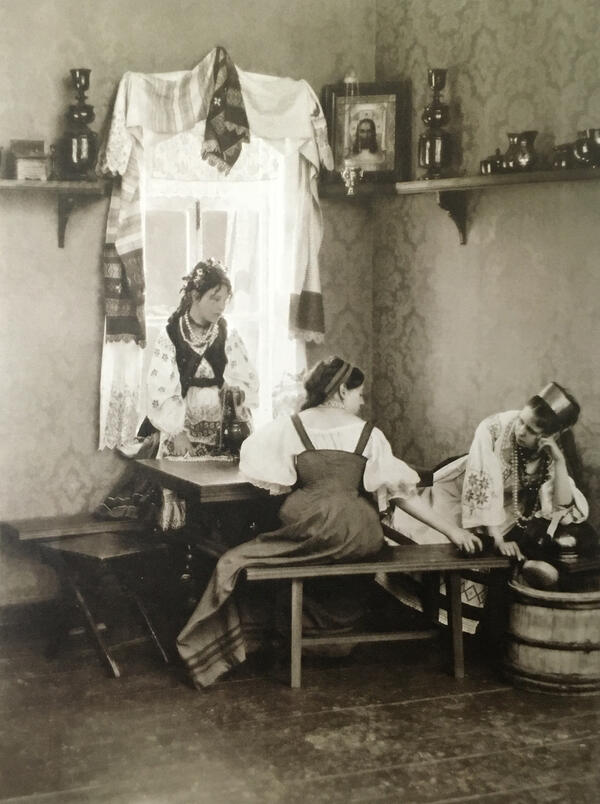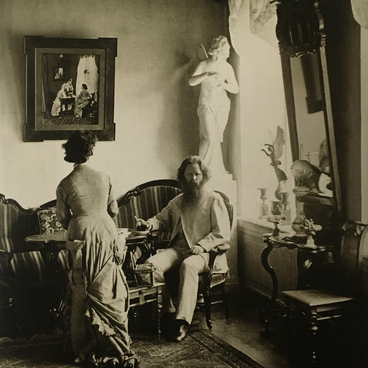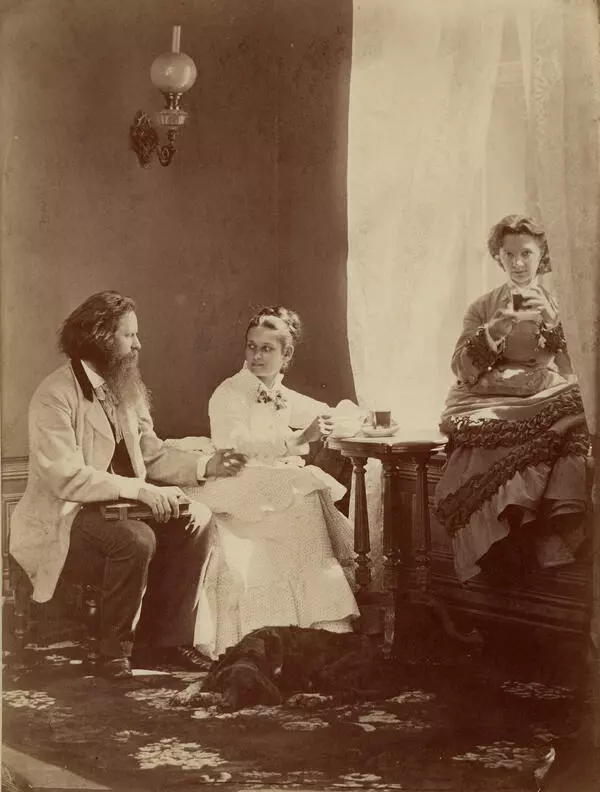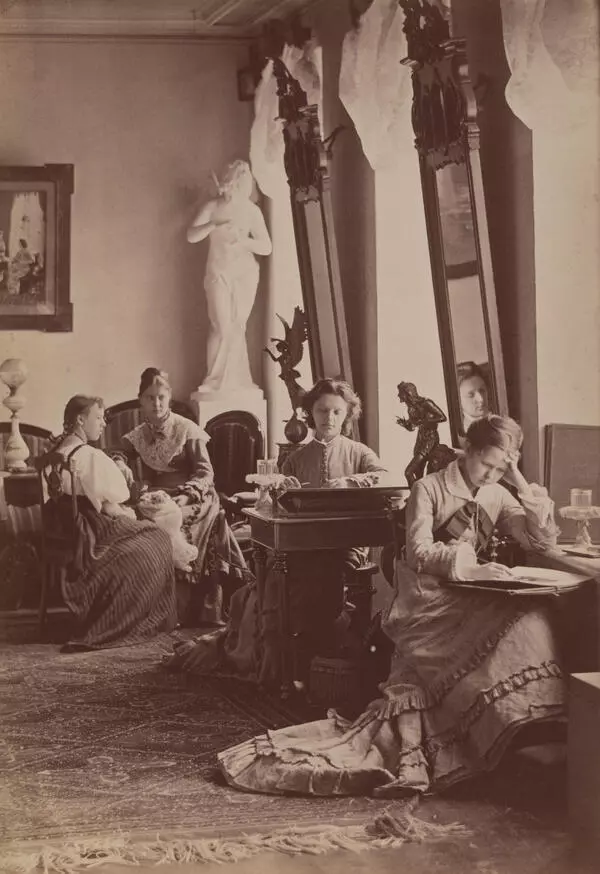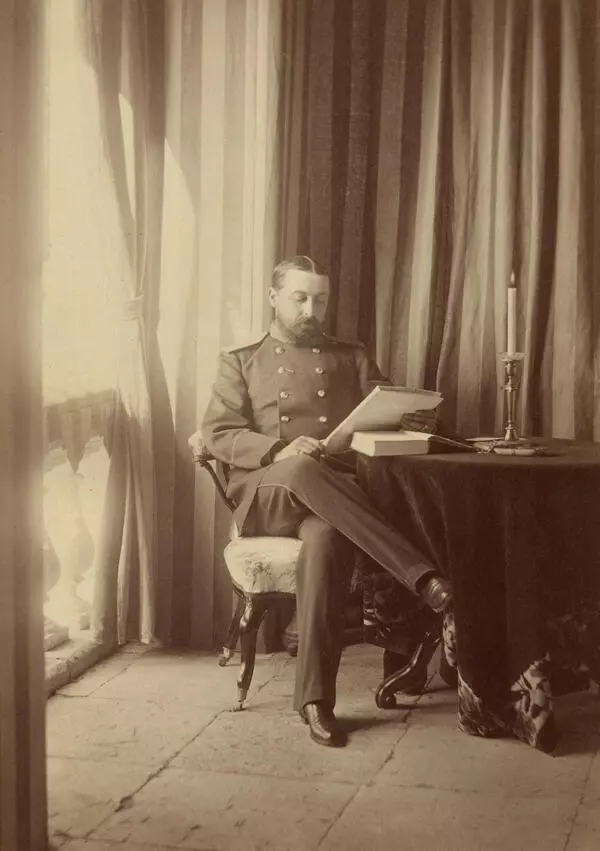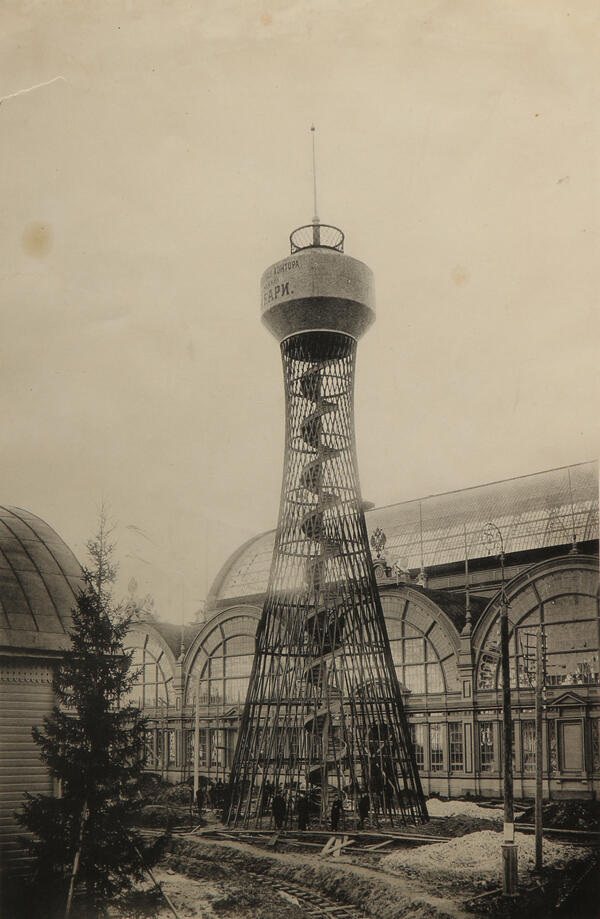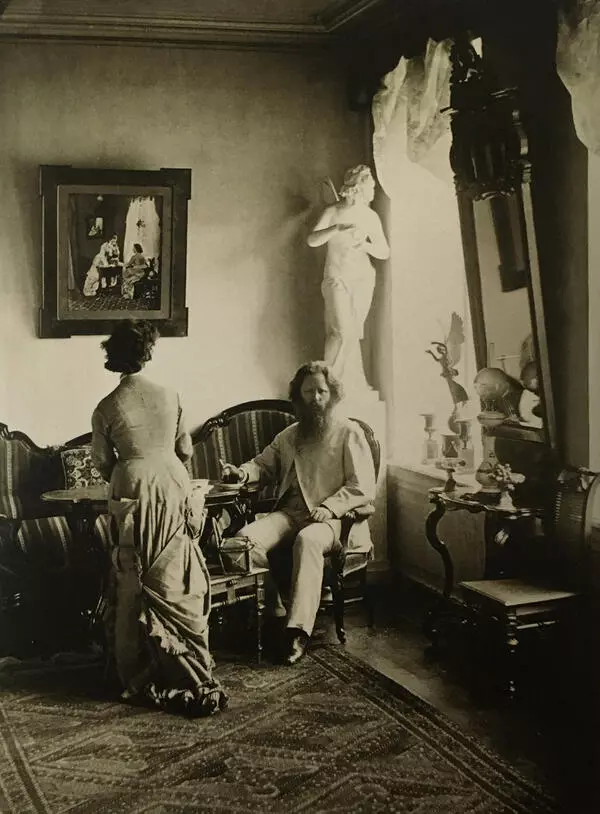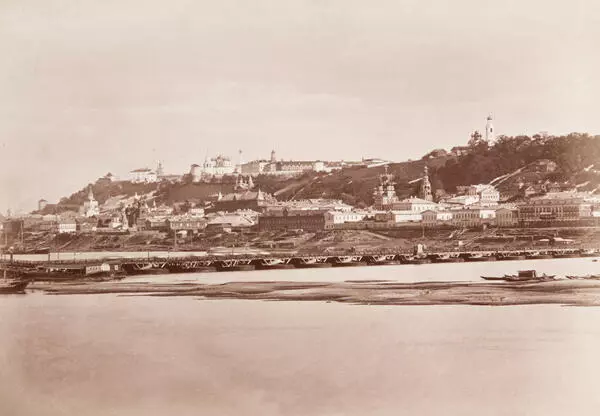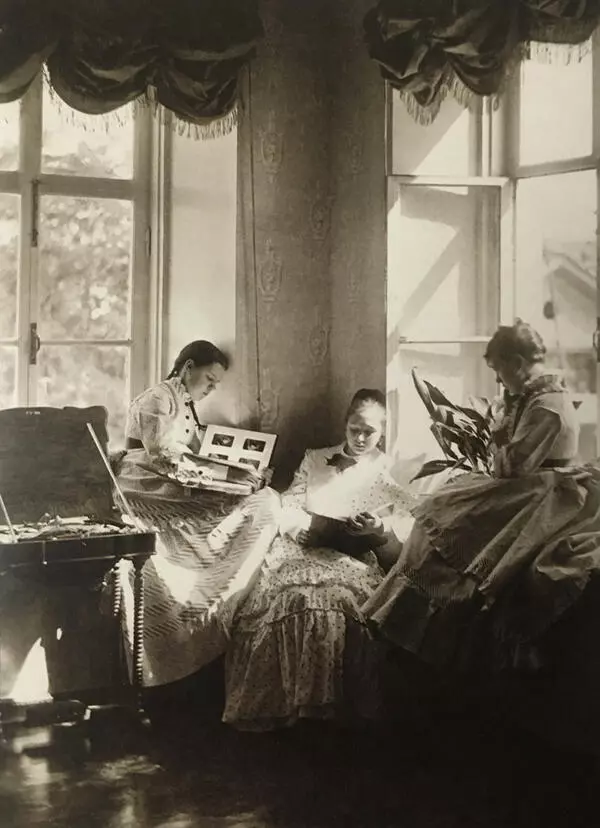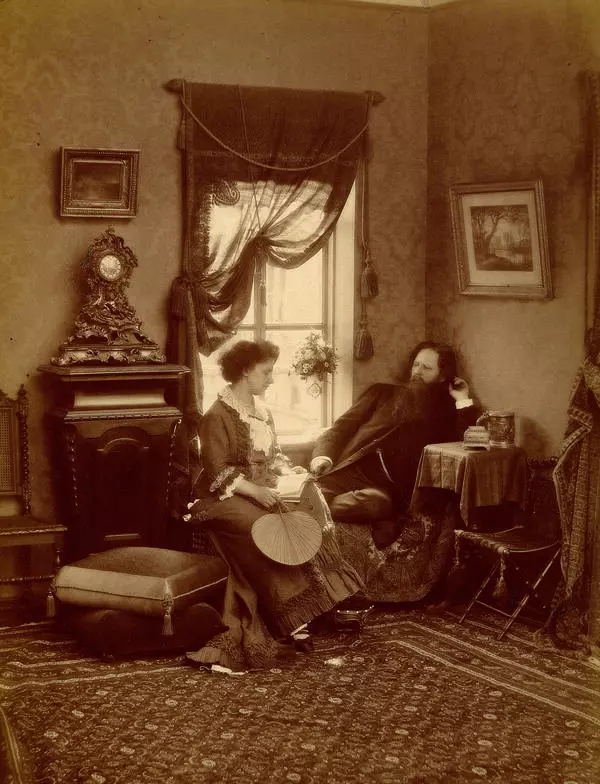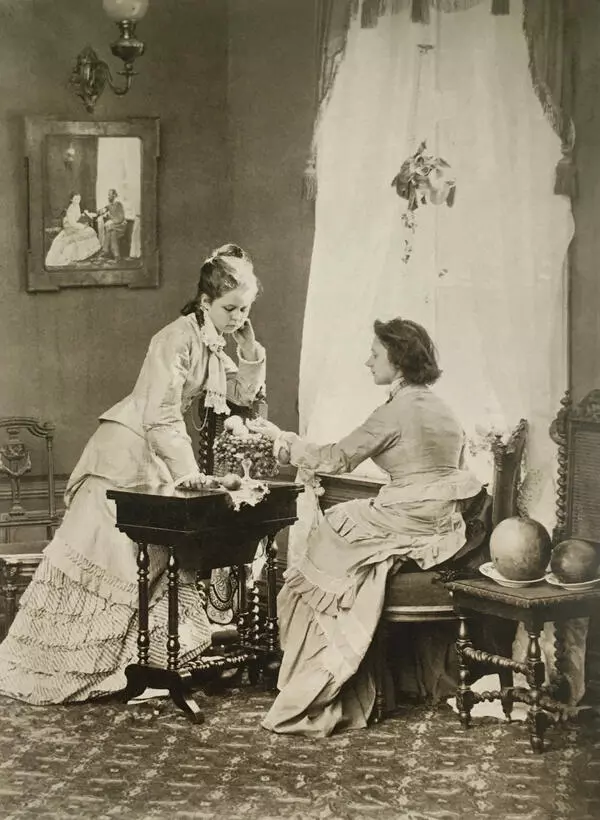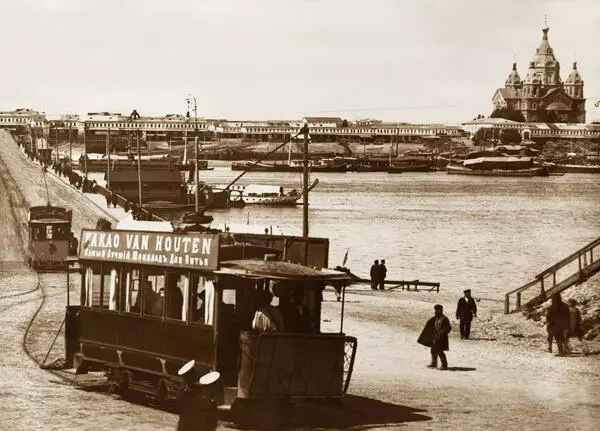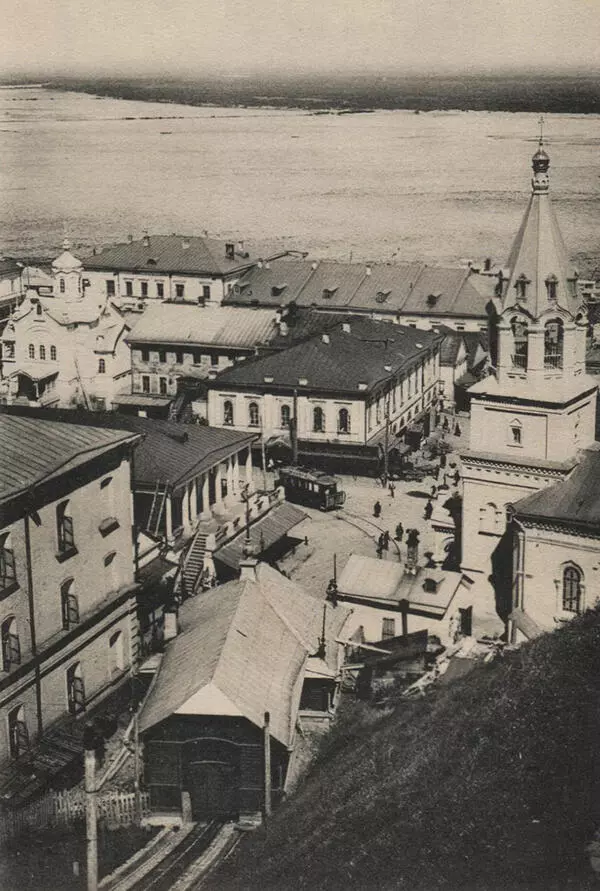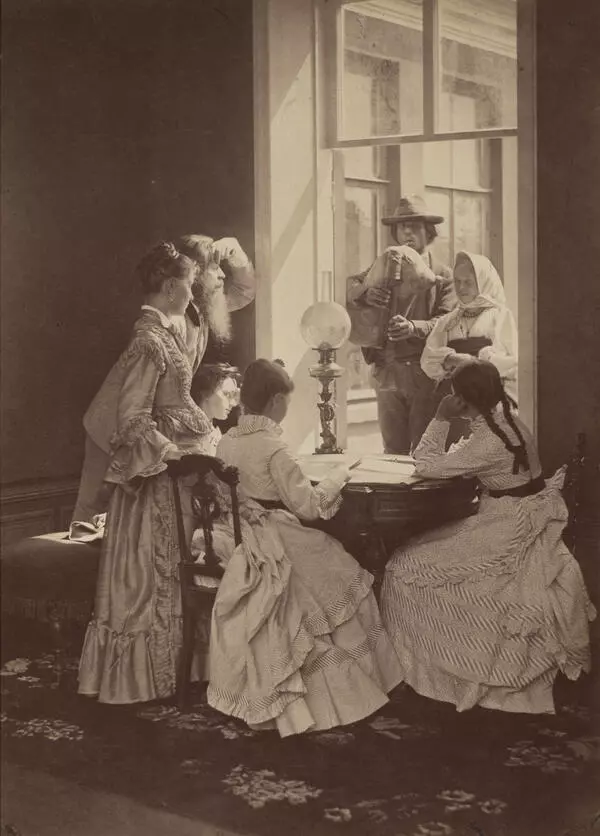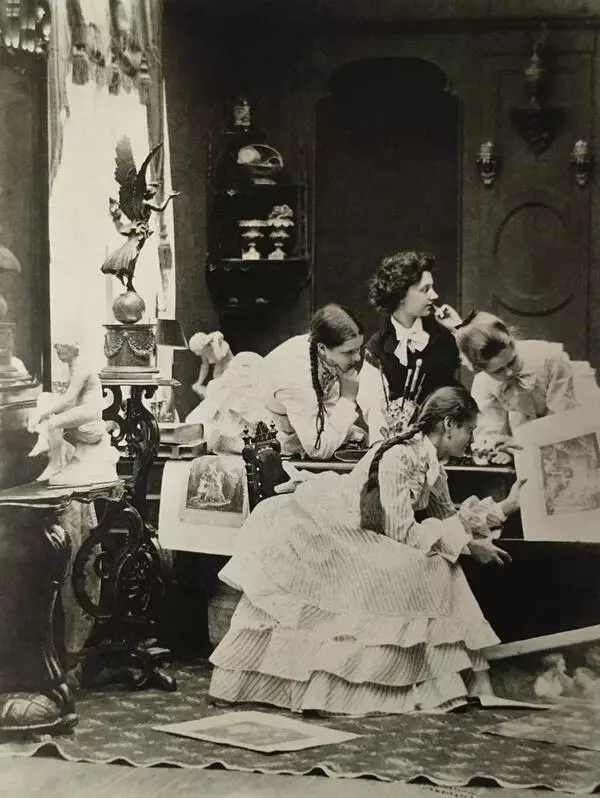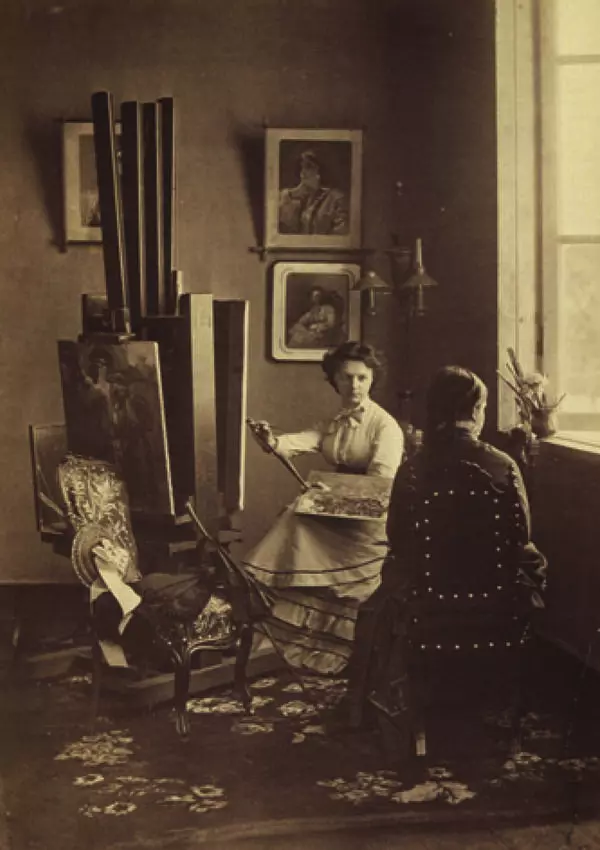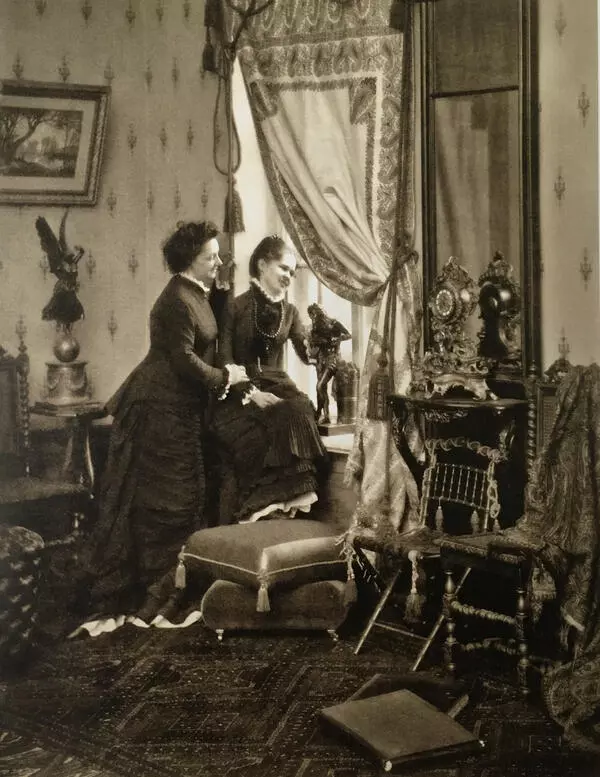Karelin was a famous collector of Russian antiquities. Residents of Nizhny Novgorod called his house a museum, and the authorities of antiquity spoke with respect about Karelin’s collection.
Many artists - Vereshchagin, Repin, Makovsky, Shishkin - wrote their historical canvases with the help of objects from Karelin’s collection. Students from the drawing school founed by Karelin used it as a prop for creating artistic compositions.
In the late 1880s, the financial situation of the Karelin family worsened, and Andrew was forced to sell his unique collection. In 1887, he started a correspondence with the Russian Historical Museum explaining that it was important for him to transfer the collection ‘as a whole’ so that it would not disappear without leaving a trace. Unfortunately, Karelin’s desire to keep the collection intact was not destined to come true. The Historical Museum was able to acquire only part of the collection.
Many artists - Vereshchagin, Repin, Makovsky, Shishkin - wrote their historical canvases with the help of objects from Karelin’s collection. Students from the drawing school founed by Karelin used it as a prop for creating artistic compositions.
In the late 1880s, the financial situation of the Karelin family worsened, and Andrew was forced to sell his unique collection. In 1887, he started a correspondence with the Russian Historical Museum explaining that it was important for him to transfer the collection ‘as a whole’ so that it would not disappear without leaving a trace. Unfortunately, Karelin’s desire to keep the collection intact was not destined to come true. The Historical Museum was able to acquire only part of the collection.

